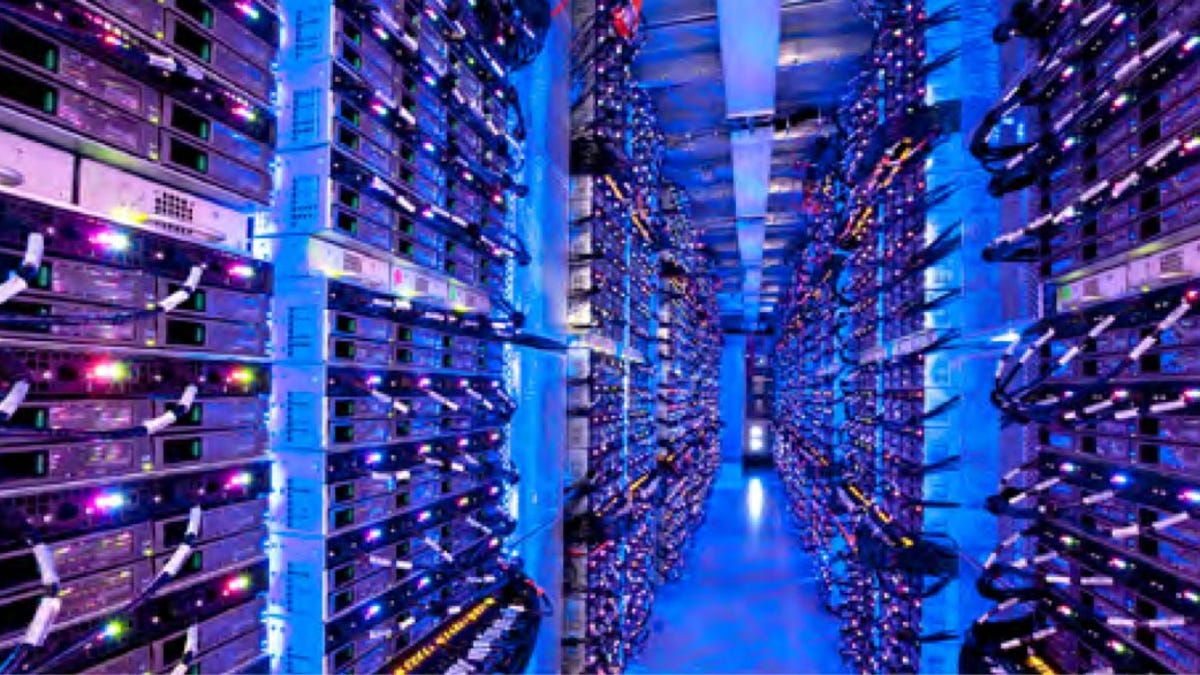Microsoft experiments with fuel cell-powered data center
Using methane-powered fuel cells eliminates inefficiencies in electrical power distribution and improves power supply reliability, Microsoft researchers conclude.

There are cord cutters -- and then there are cord cutters.
Microsoft is considering data centers that use fuel cells to generate power right next to the servers they house rather than transmitting it from electrical power plants far away. The move could double efficiency compared with traditional data center design, which loses energy through transmission and conversion, Sean James, a Microsoft senior research program manager, said in a blog post Tuesday.
The cleanest fuel cells convert hydrogen and oxygen into heat and electrical current, releasing water as exhaust. Microsoft, though, used more convenient methane-powered fuel cells, which release more pollutants, but not as much as natural gas combustion, according to Microsoft's study on using fuel cells to power a data center (PDF).
"In the new data center design approach outlined in our paper, chemical energy is first converted to direct current electrochemically and sent a few feet to the server power supply. With our one watt of [initial] energy we are now getting almost 0.4 watts, or double the efficiency of traditional data centers," James said.
The approach not only avoids inefficiencies of electrical power distribution, but also improves reliability since battery backup isn't required, the researchers said.
For companies like Microsoft, Facebook, and Google that rely on data centers crammed with thousands of servers, a tiny increase in efficiency can pay off. Microsoft thinks the fuel cells could make data centers cheaper to build, too.
"If the fuel cells are placed close to power consumption units, at the servers or racks, we can completely eliminate the power distribution system in the data center, including the power backup generation system. So, no data center wide electrical infrastructure is required. This is over 25 percent of the capital cost for state-of-the-art data centers," the paper said.
[Via Gizmodo]

